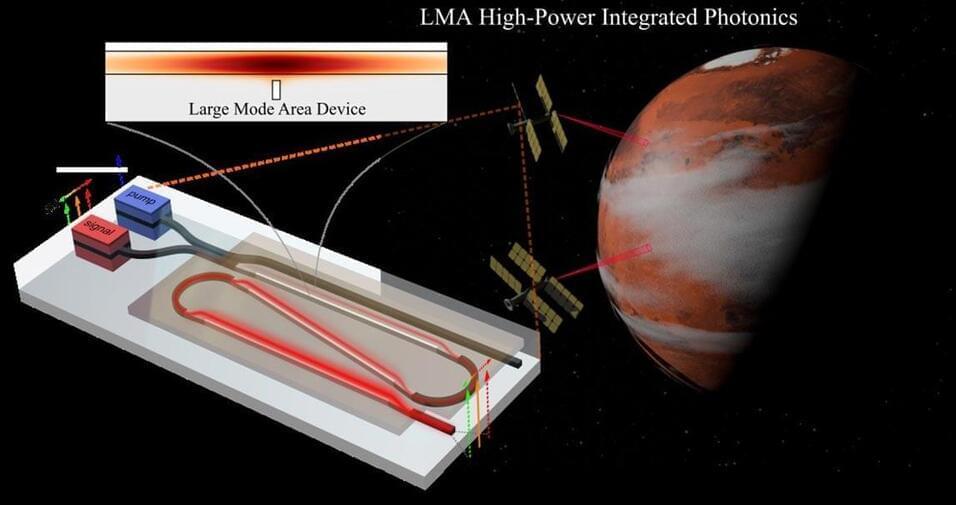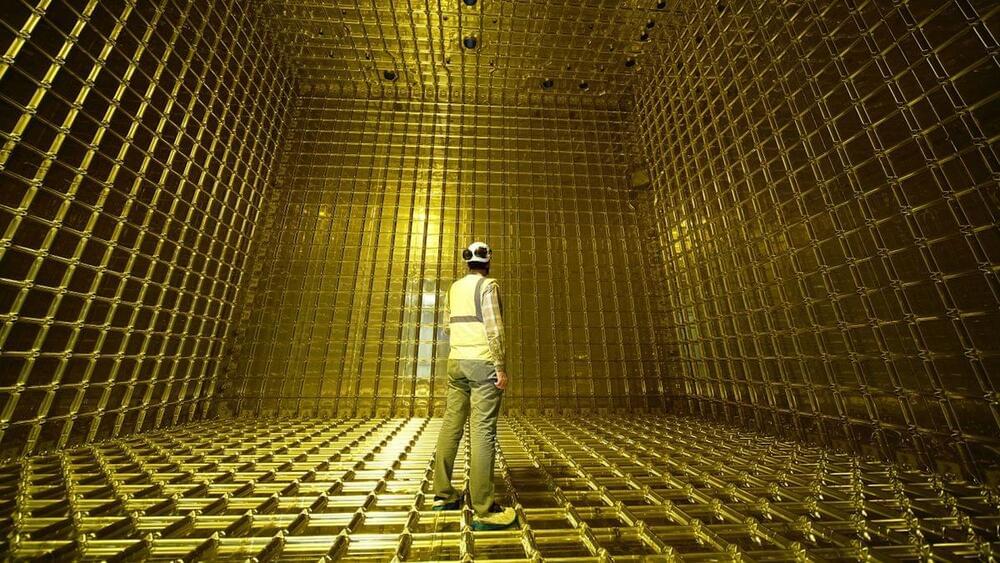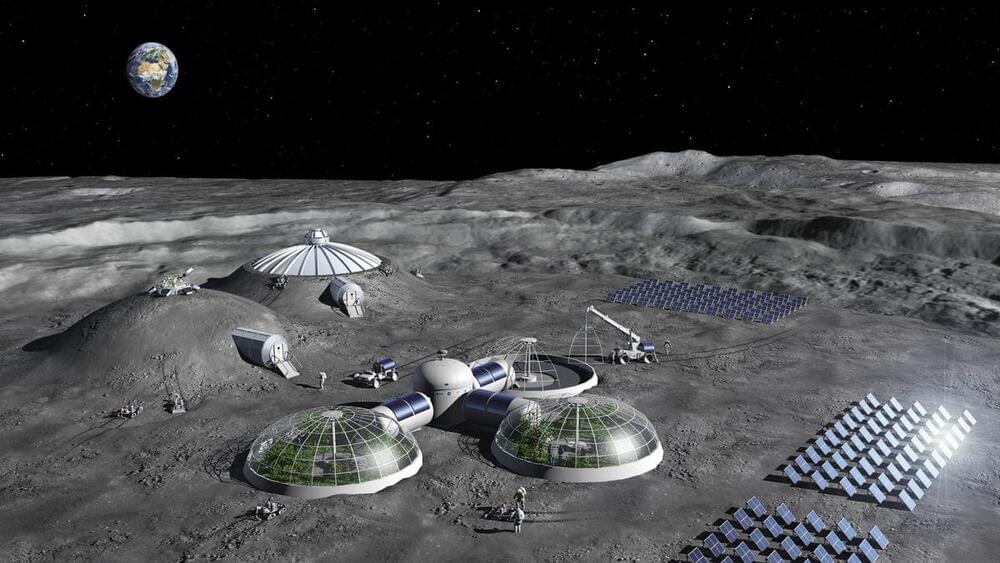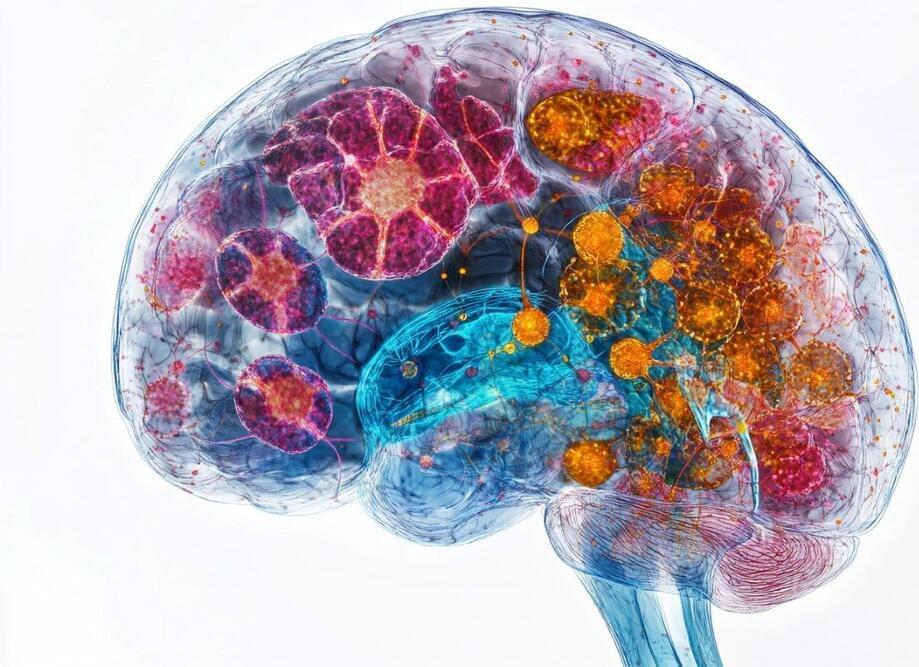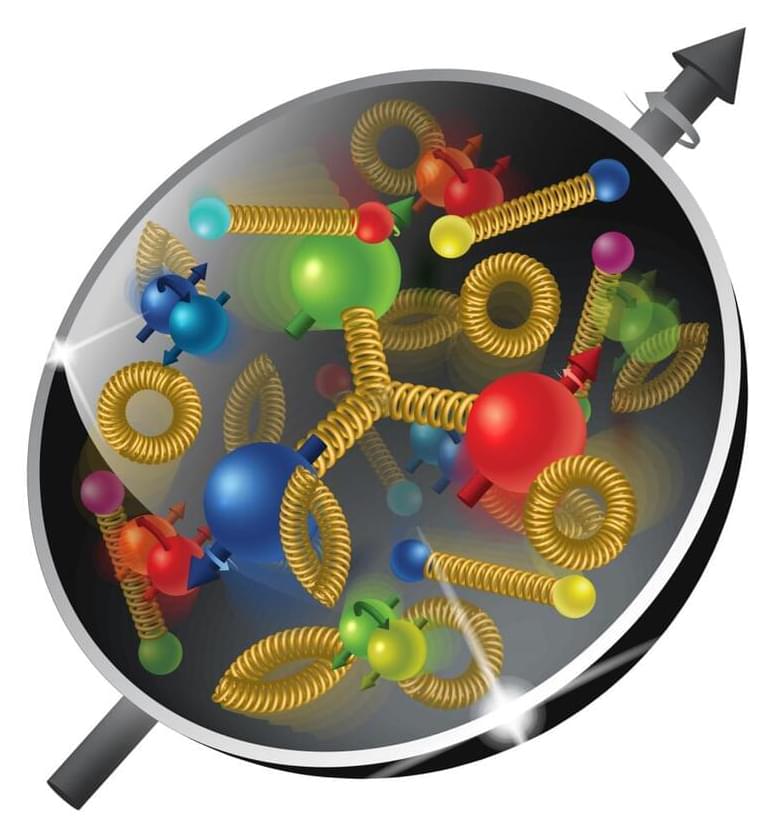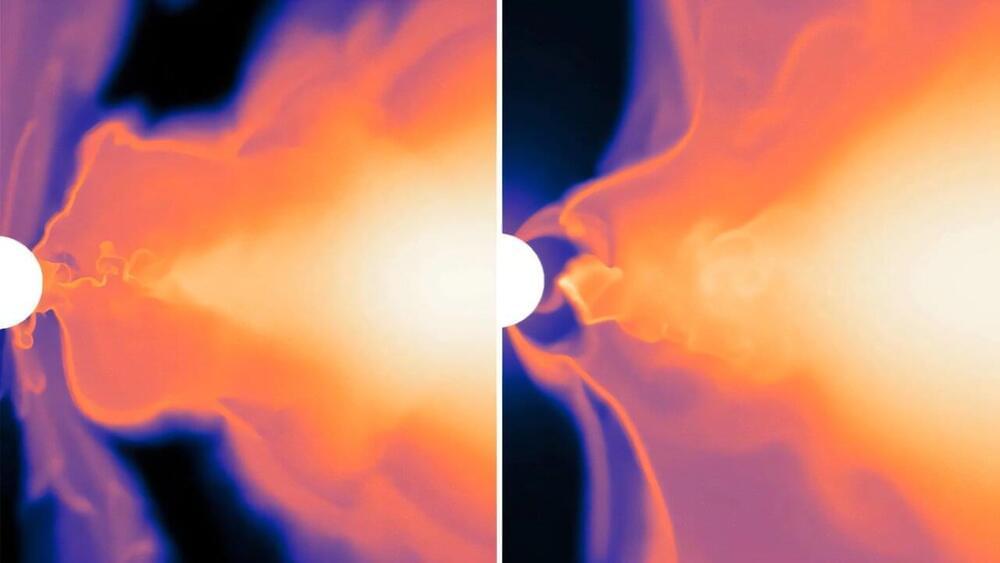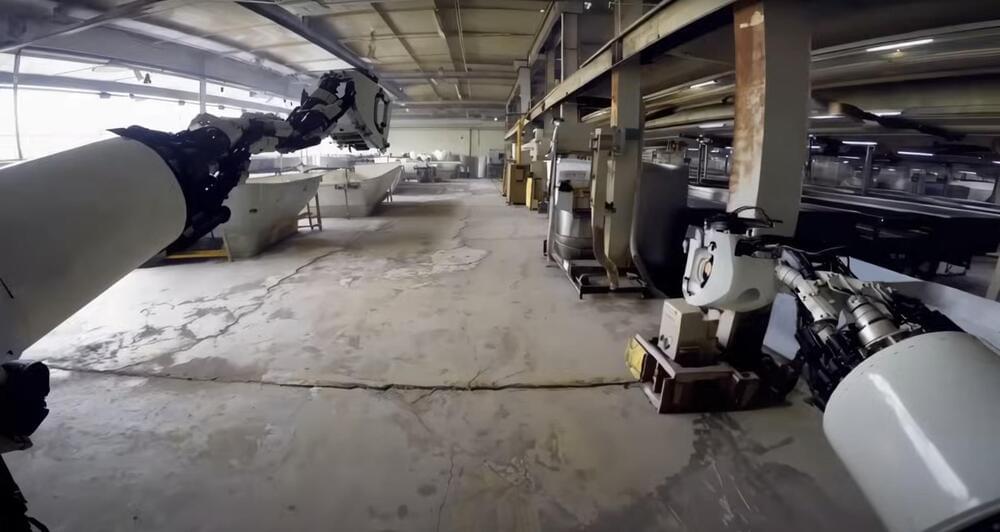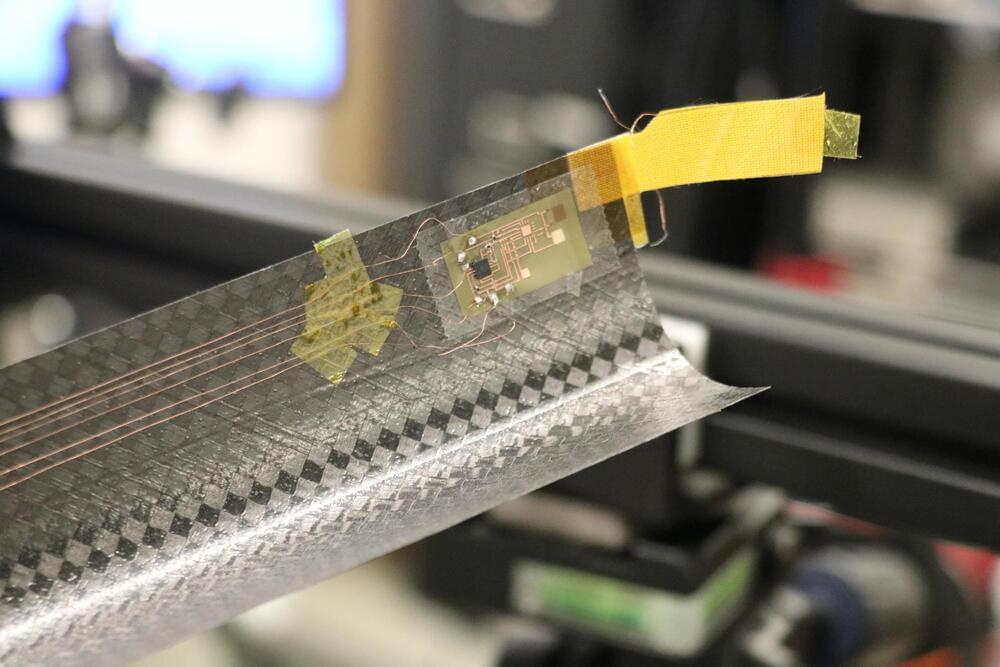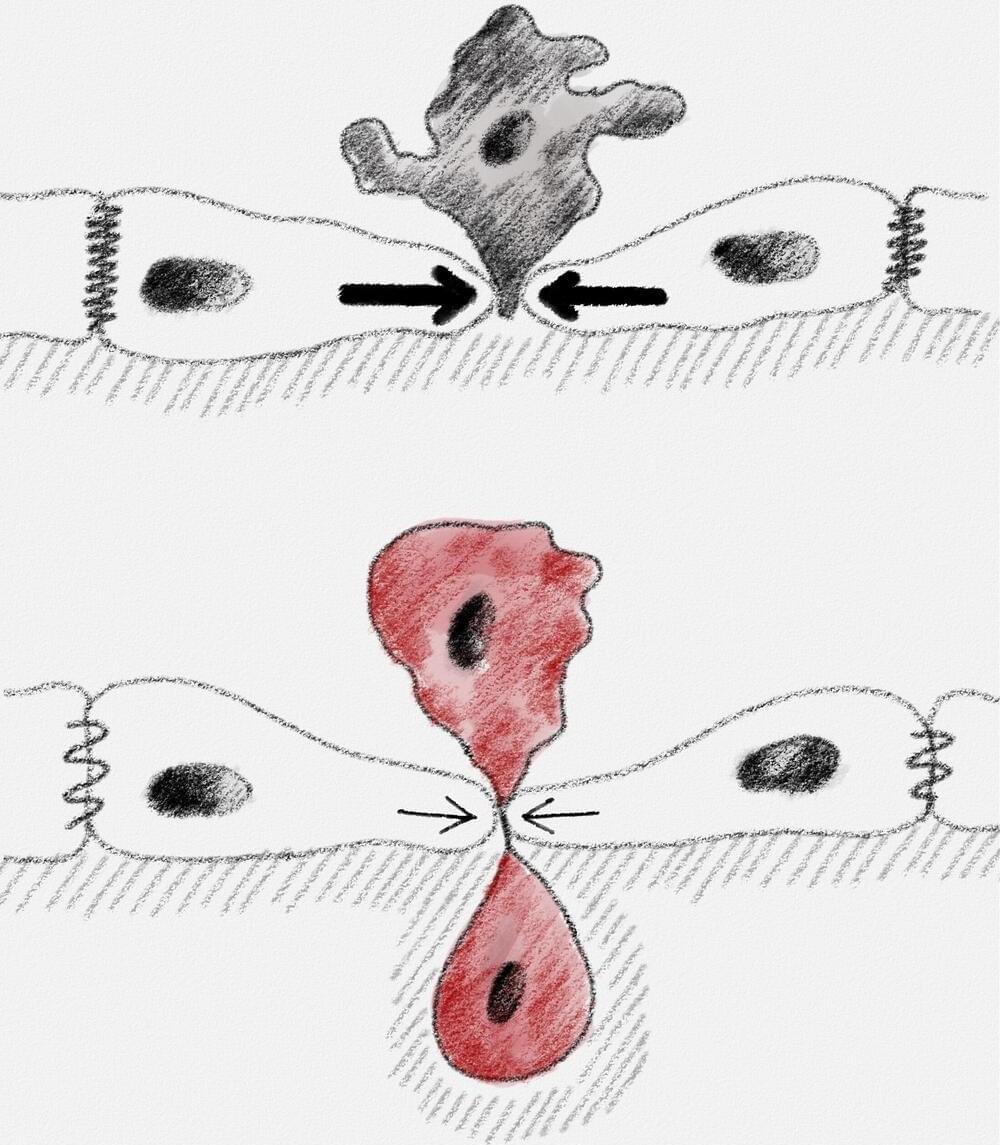Jan 9, 2025
Integrated Photonics Hits Milestone: High-Power Tunable Lasers Break New Ground
Posted by Genevieve Klien in categories: computing, satellites
Researchers have created a high-power tunable laser on silicon photonics, achieving nearly 2 watts using an LMA amplifier. This advancement could revolutionize integrated photonics, with potential applications in space exploration, reducing satellite costs while enhancing capabilities.
In today’s world, the size of various systems continues to decrease, incorporating increasingly smaller components for applications like high-speed data centers and space exploration with compact satellites.
However, this trend toward miniaturization and high-density integration—driven by advancements in integrated photonics—has significantly compromised the ability of these systems to generate high signal power. Traditionally, high-power output has been associated with larger systems, such as fiber and solid-state platforms, whose substantial physical dimensions allow for greater energy storage.
